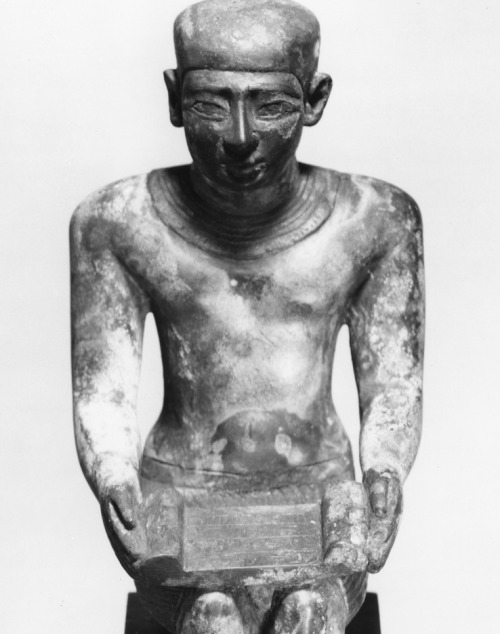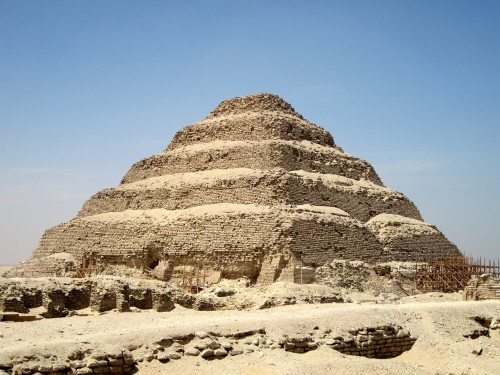segunda-feira, 27 de outubro de 2014
sábado, 25 de outubro de 2014
Vampires: Fact, Fiction and Folklore
by Benjamin Radford, Live Science Contributor | October 22, 2014 08:34pm ET
863
260
200
125
Credit: Margaaret M. Stewart | shutterstock |
The most famous vampire is, of course, Bram Stoker's Dracula, though those looking for a historical "real" Dracula often cite Romanian prince Vlad Tepes (1431-1476), after whom Stoker is said to have modeled some aspects of his Dracula character. The characterization of Tepes as a vampire, however, is a distinctly Western one; in Romania, he is viewed not as a blood-drinking sadist but as a national hero who defended his empire from the Ottoman Turks.
The vampires most people are familiar with (such as Dracula) are revenants — human corpses that are said to return from the grave to harm the living; these vampires have Slavic origins only a few hundred years old. But other, older, versions of the vampire were not thought to be human at all but instead supernatural, possibly demonic, entities that did not take human form.
sexta-feira, 24 de outubro de 2014
quinta-feira, 23 de outubro de 2014
quarta-feira, 22 de outubro de 2014
terça-feira, 21 de outubro de 2014
the yasmin effect
A quick look at: Imhotep.While some might better recognize Imhotep as the possessed mummy from the Hollywood blockbusters The Mummy and The Mummy Returns, he was, in fact, one of the most renowned figures in Egyptian history for much more admirable feats.An astoundingly talented man, Imhotep was the master builder for King Djoser, and built the famous stepped pyramid of Djoser at Saqqara (photo 2). Dating to before 2600 BCE, this pyramid is one of the first monumental stone buildings in the history of mankind. Certainly a milestone in the evolution of architecture, it is viewed as a forerunner to the more typical smooth-faced pyramids built during the great ‘age of the pyramids’ in the 4th Dynasty. He is also the first artist to have their name recorded anywhere in the world.Imhotep has also variously been recognized as a poet, scribe, astrologer, vizier and as an influential doctor. He also served as the high priest of Re, and as the pharaoh’s official seal bearer. Following his death, Imhotep was deified by the Egyptians as the son of the god Ptah.“In priestly wisdom, in magic, in the formulation of wise proverbs; in medicine and architecture; this remarkable figure of Djoser’s reign left so notable a reputation that his name was never forgotten.” -Egyptologist James Henry Breasted.Images used: Seated Imhotep, bronze, dates between 664 and 332 BC and was found in Mitrahina, Egypt. Courtesy of the Walters Art Museum, 54.402. The photo of the pyramid of Djoser is by Olaf Tausch.Just as a quick side note, consider the time span between the life of Imhotep who lived during the reign of Djoser (2630-2611 BCE) and the age of the shown statuette. This would be like us making artworks of a person who lived over 2000 years ago, not something that would typically be done unless that person was perceived to have been particularly remarkable and important to our history.
quinta-feira, 16 de outubro de 2014
terça-feira, 14 de outubro de 2014
sábado, 11 de outubro de 2014
Assinar:
Comentários (Atom)





